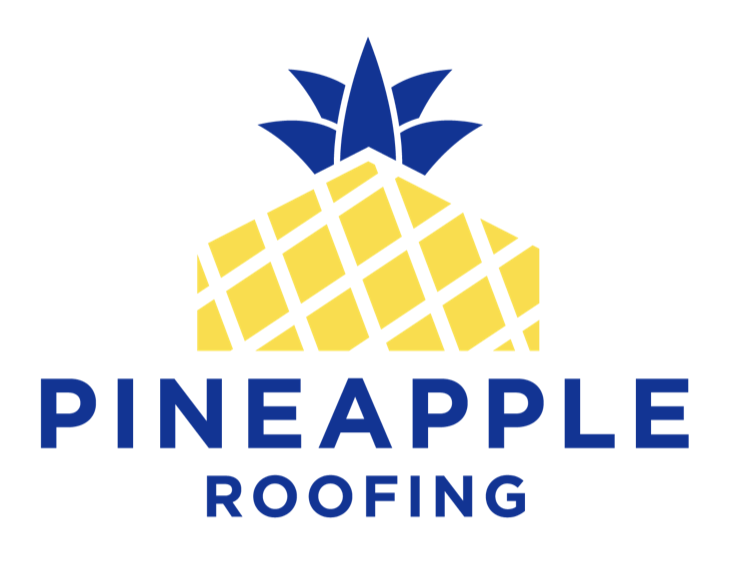Planning to upgrade your roof? Did you know that depending on the roofing material you choose, you can get a tax credit for it? It's part of the Bipartisan Budget Act that was passed back in 2018 and the deadline has been extended to December this year.
So for every energy-efficient home upgrade you make, you can get a tax credit for it, as long as the upgrade meets Energy Star requirements. Now you're probably curious to know what these tax credit requirements are—well, you just have to keep reading to find out!
What Are The Different Roofing Materials?
Trying to pick the right roofing material can get overwhelming—there are just too many options to choose from.
But don't worry, cause we're here to help you understand the different pros and cons of each roofing material. This way, you can narrow down your options to suit your wants and needs. After we cover these main types, we'll explain everything you need to know about qualifying for a tax credit.
Slate
Slate is one of the most elegant-looking roofing materials you can get. It is also the most durable roofing material you can find.
Because slate is a stone-based material, it can withstand almost any condition. It's fire-resistant, corrosion-resistant, and weather-resistant. It can last you up to 50 to 100 years even without too much care.
The only downside to this material is that it's the most expensive roofing material on the market. A square can cost $600 or more.
Clay and Concrete Tiles
Clay and concrete tiles are a great way to add texture to your homes. They fit particularly well with Mediterranean and Spanish-style homes. They are also very long-lasting and can last up to 40 to 50 years.
But they're also quite expensive. These tiles can cost anywhere between $300 to $600 a square.
Synthetic Roofing Materials
There are different synthetic roofing materials available made from plastics, rubbers, or polymers. These come in a few designs that mimic the style of slate or wooden roofing. They are also quite durable.
The main drawback to synthetic roofing is that some materials are known to absorb water. So if you live in an area that frequently experiences rain, these materials might not last as long. Although, some experts say they can last up to 50 years in the right conditions.
Wood Shingles and Shake
Wooden roofing is perfect for anyone who wants a more rustic and natural-looking home. But, depending on the fire codes in your area, wood might not be allowed. It's also not the best for rainy areas since wood can develop molds and rots and can be a problem in the long run.
With proper care and in the right conditions, wooden roofing can last 20 to 30 years. They cost $100 to $150 per square.
Asphalt Shingles
Asphalt might be the most common type of roofing material in America. It's easy to install, which makes it one of the most cost-effective roofing options. These shingles also come in a variety of colors and can be reinforced with cellulose or fiberglass.
It is around $70 to $120 a square and can last up to 25 years. It's not the most long-lasting roofing there is, but it's an economical option. Spoiler alert: this is the best type of roofing material for a tax credit!
Metal Roofs
If you live in a particularly hot area, metal roofs can help cool your home and avoid heat gain. If you live in a rainy area, it surprisingly doesn't corrode easily and works well for rainwater collecting.
Metal roofs are also one of the most environmentally friendly roofing options there is. They're mainly made of recycled content and can be recycled again if their lifespan as a roof has passed.
What Roofing Materials Qualify For A Tax Credit?
Although you might prefer one roofing material to another, not all the roofing materials listed above actually qualify for a tax credit.
So if your main goal is to save money from that tax credit, then you only have two options: asphalt and metal—with the appropriate pigmented coatings and the appropriate cooling granules.
ENERGY STAR Requirements
Only certified metal and asphalt roofs with the appropriate cooling granules and appropriate pigmented coatings are applicable. It only applies to your existing homes and principal residency. Newly constructed houses and rentals do not apply.
The cooling granules and pigmented coatings are the essential parts. It can't just be metal and asphalt, you must remember to add the cooling granules and coating. Why? Because these help lower roof surface temperature and reduce heat gain.
They can lower roof surface temperature by up to 100F, and by doing so, you won't have to spend too much energy trying to warm your home with the heater. So not only do you save money on your energy bill, but you also save money from the tax credit.
How much tax credit can you receive?
You can receive 10% of the cost back as a tax credit, not including the installation, and only up to $500.
How do you apply for the tax credit?
Fill up the IRS Form 5695 and submit it with your tax returns directly to the IRS in order to receive your tax credit.
Get Your Next Roofing Project Done By The Experts At Pineapple Roofing!
Need some help getting your new roof installed? Pineapple Roofing is the best Dallas roofing company you can find! And we are more than happy to help you out and get the job done for you.
We specialize in all things roofing, both residential and commercial! And no matter what roofing material you choose—even if it isn't metal or asphalt—we make the process easy and completely hassle-free for you.
But we don't stop there, as the go-to company for roofing, we make sure to go above and beyond to provide our customers with the best roofing experience they can get. That's why we also offer our services to handle your roof damage insurance claims, making your roofing experience even more stress-free.
Got roof problems? Book a free roof inspection with us today! We'll make sure to give you the best roofing experience there is.

